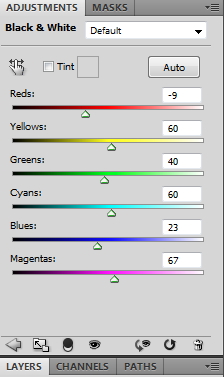Posing models is one school of expertise and I wrote a little about it here, here, and here. What I'm writing about today is talking to models during a session. This is especially important because the sage advice to never touch a model is very very true... even if there's a little bit of over-simplification involved. Directing and coaching blur together, but they are two different things. If you want your model positioned a certain way, you direct; if you want to bring out a particular emotion, you have to coach.
The first and most useful technique is to physically show the model what position you'd like them to be in by mirroring it. This is not only quick, it makes them feel less self-conscious because you're doing it, too. This includes both taking the same position and things like pointing in the direction. Don't be afraid to put the camera down to show them what you want.
Because you're facing each other, your left is there right. With practice you can also learn to give verbal directions by reversing everything. So it's possible to say, "shift your weight onto your left foot." If the direction is simple, they'll get it. Something else I occasionally do is turn around and look at the world from their perspective. That way I can say, "look at that tree...."
Coaching
These are the basics for finding the right poses and positions. Now comes making your model relaxed and emotive. It's hard to be on the other side of the lens, taking chances with poses that might make you look ridiculous (and be immortalized forever on film). This is especially true if the photographer is silent.
Be specific with your models:
- Soft smile / Big smile / Smile with your eyes / Don't smile
- Part your lips a little
- Raise/lower your chin
- Look towards/away from me/down and to your left
Encourage to your models:
- That's good/great
- Nice, Excellent
- Beautiful
- You look great
- Just like that
- A little more
- Shake it out
- Wiggle something
- Make a pucker face
- Make it a gesture-- run your fingers through your hair
- Think of: your favorite part of your partner/ your favorite dessert
- Remember lying out on a sunny day/watching the rain fall
There are endless scenarios for creating emotion. Consider them before the shoot and choose the ones that match your client or the emotive quality your creating. When shooting for a theatrical production (such as the image above) I often have them pick a line from that moment and repeat it over and over again. With inexperienced models, having them do a gesture that ends in the pose you want can appear more natural than having them hold the pose. In theatre, I often combined both those techniques.









